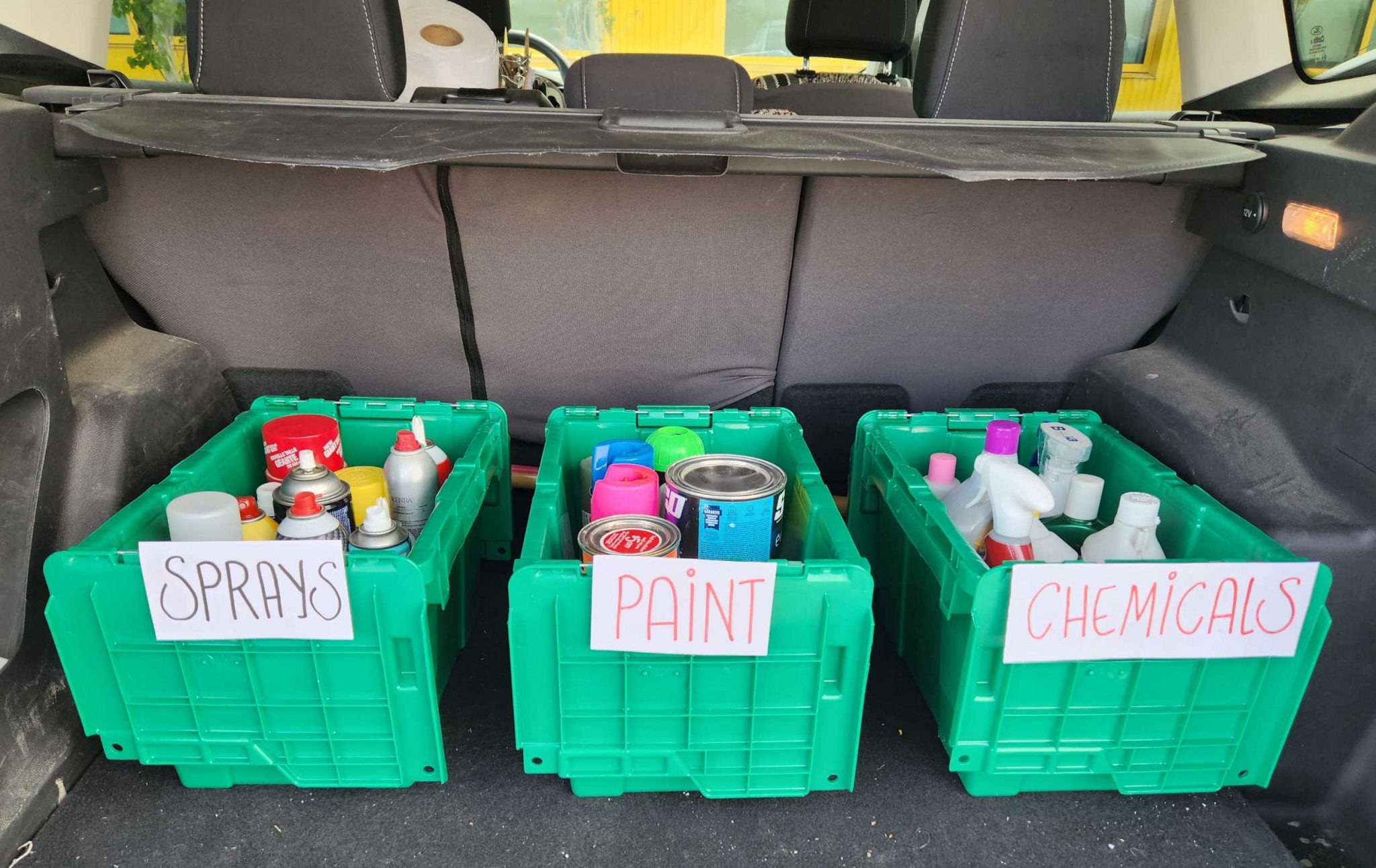How to prepare Household Hazardous Waste (HHW) for safe drop-off
Properly package and label your Household Hazardous Waste (HHW) to keep everyone safe. Unmarked or unsecured items can leak, react, or release harmful fumes, putting people and the environment at risk. By following a few simple steps, you can help prevent accidents and ensure your HHW is handled safely.
To identify HHW, look for words and symbols like hazardous, flammable, toxic, corrosive, or poisonous. Labels with danger, warning, or caution also indicate hazardous materials. Many products also have a Safety Data Sheet (SDS), which provides key details such as usage instructions, handling, and storage. Click to learn more.
Packaging and storing HHW
Proper packaging, labeling and storage of household hazardous waste are essential to prevent spills, toxic fumes and dangerous chemical reactions.
Safe Storage Guidelines
- Always read and follow label instructions and watch for hazard symbols.
- Keep materials in their original packaging, as it contains important safety information.
- Never mix different chemicals in one container as this can lead to hazardous reactions.
- Store HHW securely, out of reach of children, pets, and away from food and drinks.
- Separate incompatible chemicals (e.g., bleach and ammonia) to prevent toxic reactions.
- Regularly inspect containers for leaks, rust, or damage. Replace or repackage if needed.
Examples of HHW symbols

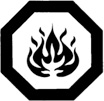
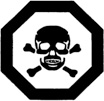

Storage tips by type
- Flammable liquids (e.g., gasoline, paint thinner): Store in a metal cabinet or a cool, well-ventilated area, away from heat sources and open flames.
- Corrosive materials (e.g., drain cleaner, bleach): Store upright in trays or bins to contain leaks and keep them away from reactive substances.
- General HHW items (e.g., batteries, pesticides): Store securely in a locked cabinet or sealed, clearly labeled bin.
If you're unsure how to store a product, ask the retailer for its Safety Data Sheet (SDS) or check the manufacturer’s website for guidance.
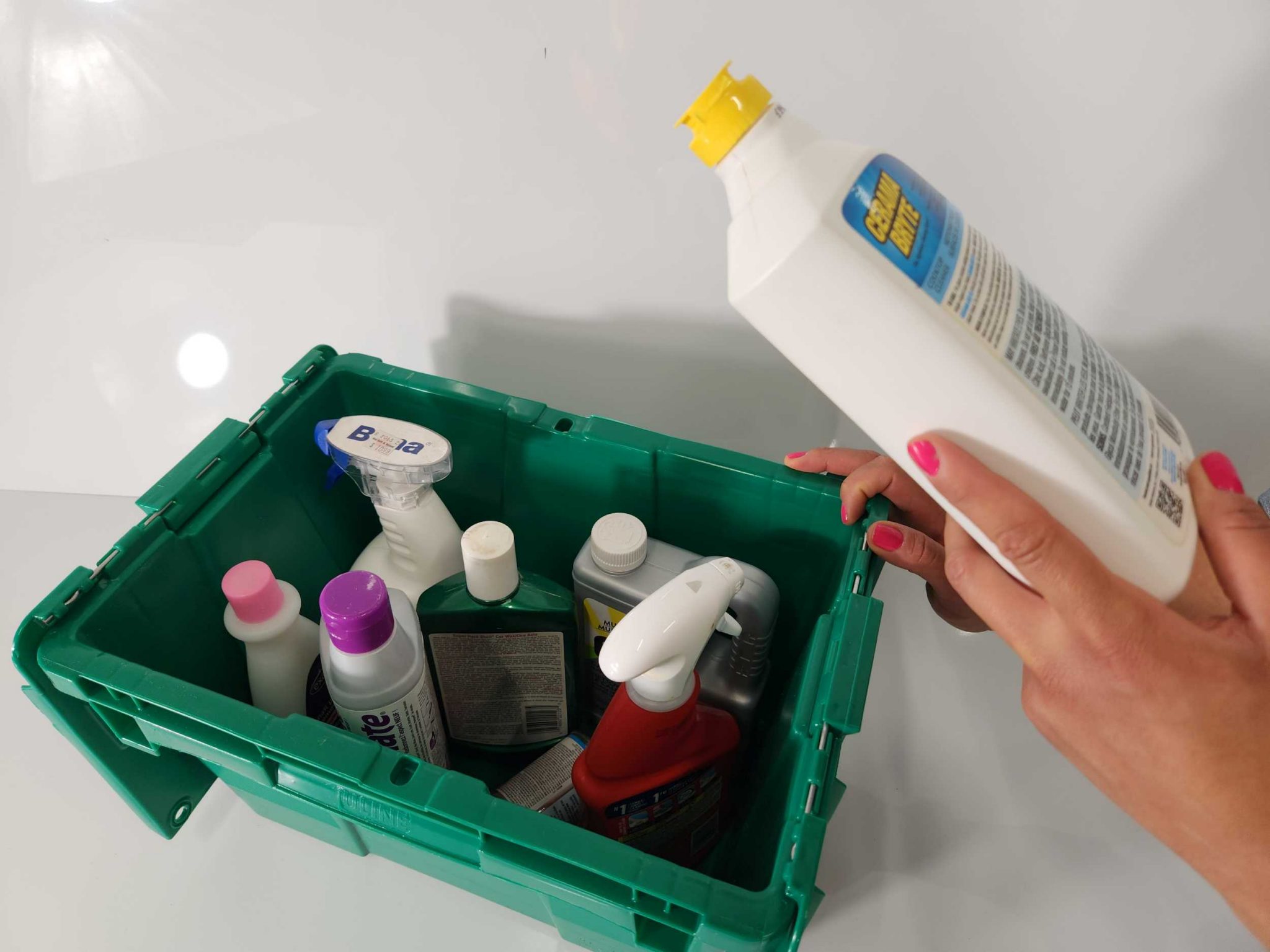
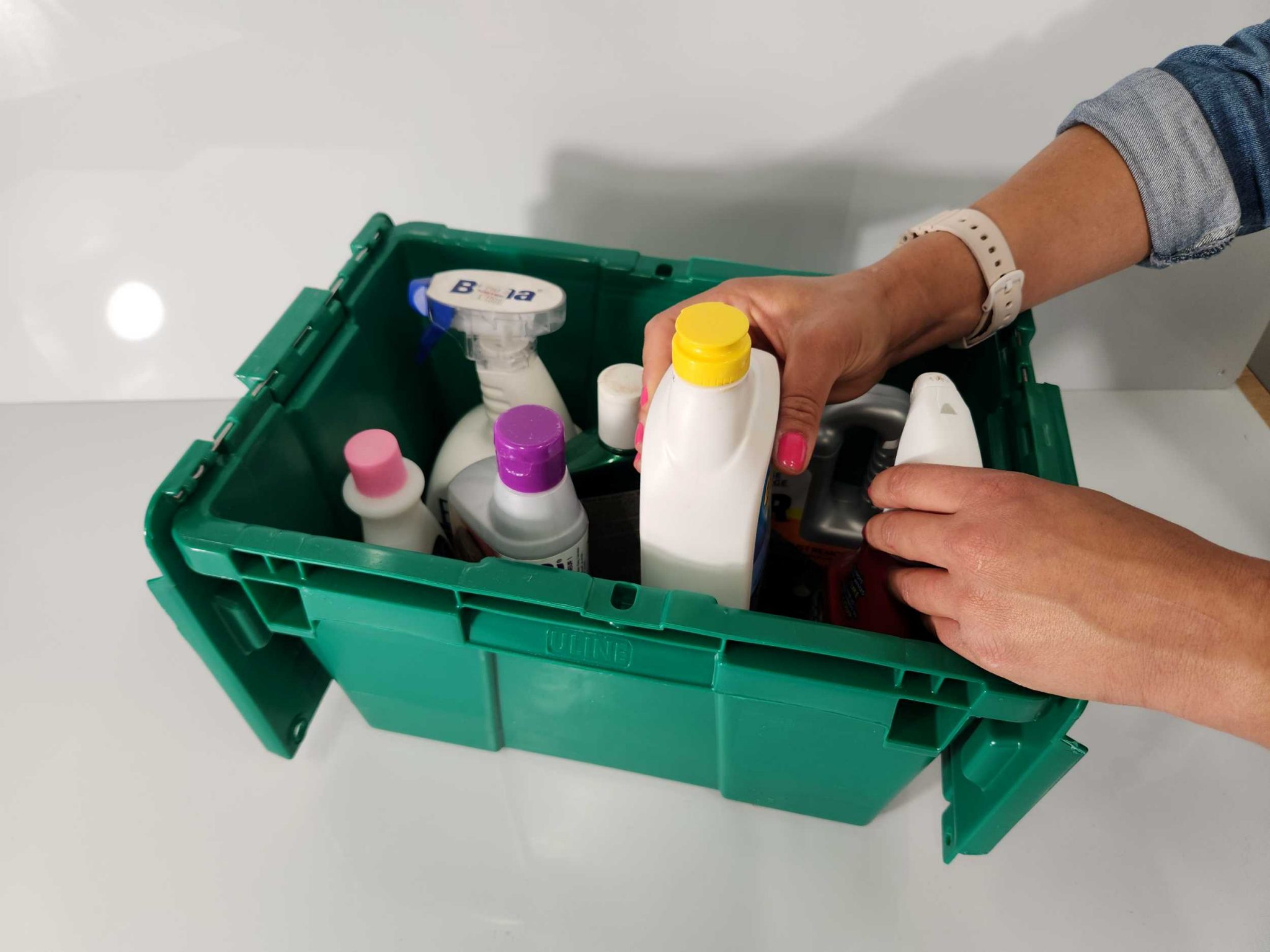
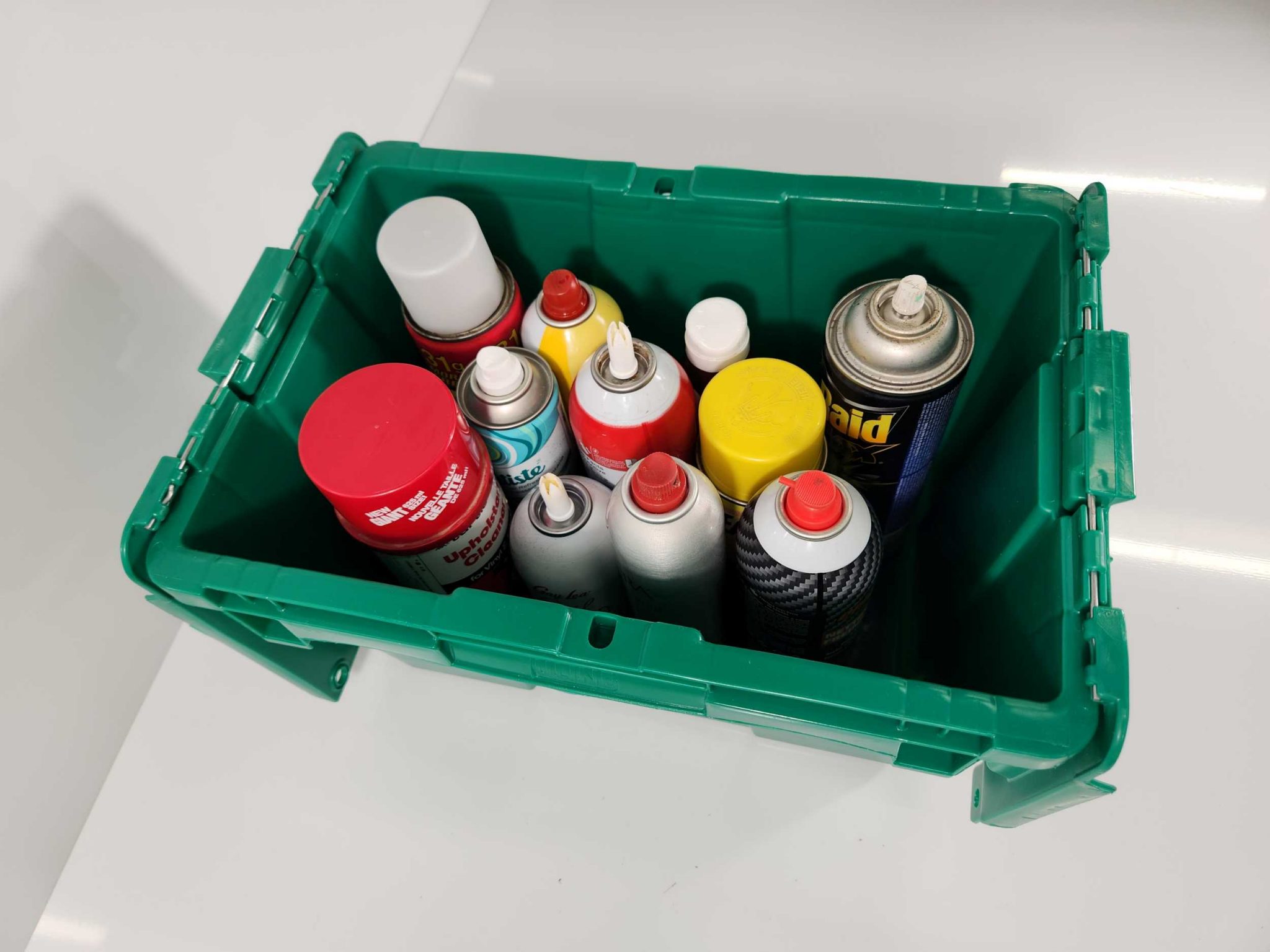
Storing HHW without the original container
Keep HHW in original containers. If not possible, use a sturdy, leak-proof container with a tight lid—never pop bottles or milk jugs. Ensure compatibility with the waste and clearly label with product name, hazards, date, and handling precautions.
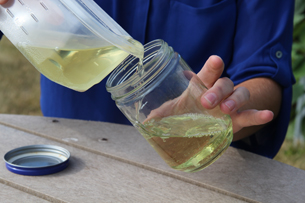
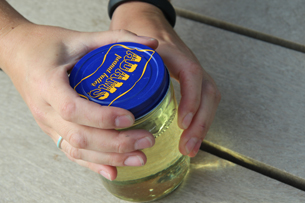
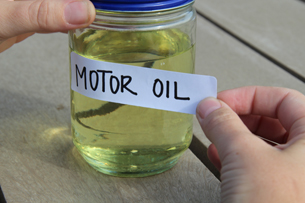
Transporting HHW
When bringing HHW to a drop-off location, follow these safety tips to prevent spills and exposure:
- Keep containers upright, sealed and clearly labeled.
- Never mix different chemicals in the same container.
- Place items in a sturdy box or bin to prevent tipping or rolling.
- Transport HHW in the trunk or a separate cargo area, away from passengers and pets. Do not transport HHW in the passenger area of your vehicle.
- Wear gloves when handling hazardous materials to protect your skin.
